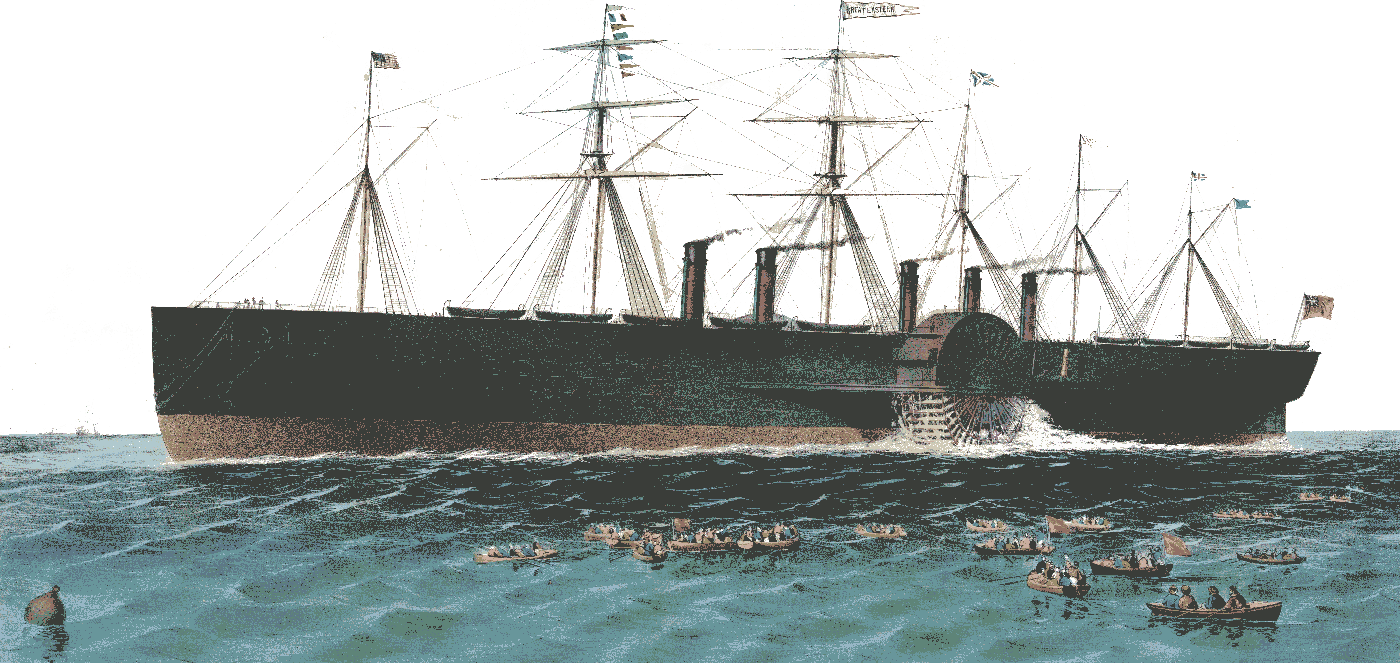Marc Brunel

(1769-1849)
Marc Isambard Brunel was the son of Jean Charles Brunel,a prosperous farmer, and Marie Victoria Lefevre, Jean Charles's second of four wives. He was born on 25 April 1769 in the hamlet of Hacqueville in northern France. He showed a talent for drawing, mathematics and mechanics at an early age. He joined the French Navy and in 1793, after six years in the navy, Brunel returned to France, then at the peak of revolutionary fervour. Within a few months, his royalist sympathies compelled him to leave.
He fled to the United States, where he practiced as an architect and civil engineer in New York, eventually becoming the city's chief engineer. He built many buildings and constructed an arsenal and a cannon foundry. He also saw a way of producing ship's blocks (pulleys) more efficiently by mechanical means, rather than by hand, and sailed to England in 1799 to lay his plans before the British government. His plans were accepted, and he was placed in charge of installing his machines at Portsmouth dockyard.
When completed, the system of 43 machines, run by 10 men, produced blocks superior in quality to those previously handmade by more than 100 men. Production was also much higher. The Portsmouth installation was one of the earliest examples of completely mechanised production.
Brunel also practiced as a civil engineer. His designs included the Île de Bourbon suspension bridge and the first floating landing piers at Liverpool. 
In 1818, Marc Brunel patented the tunneling shield, a device that made possible tunneling in safety through waterbearing strata. This led some twenty five years later to the opening of the first tunnel underwater built for public use.
Further Reading
Background information
Back to Topics



